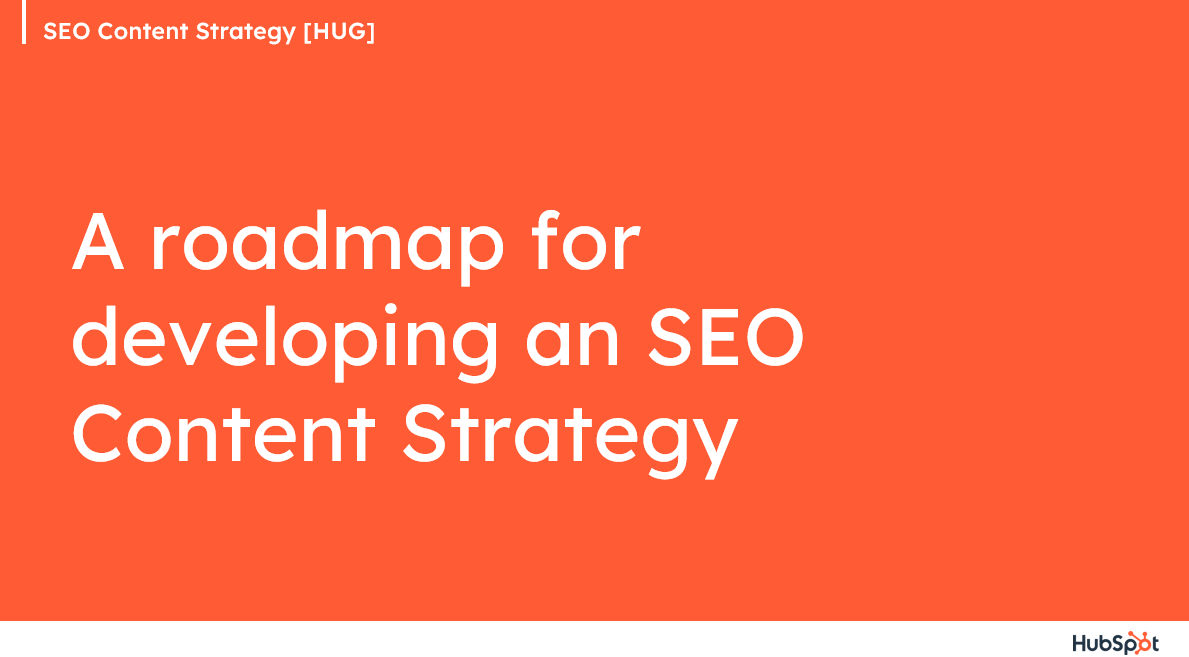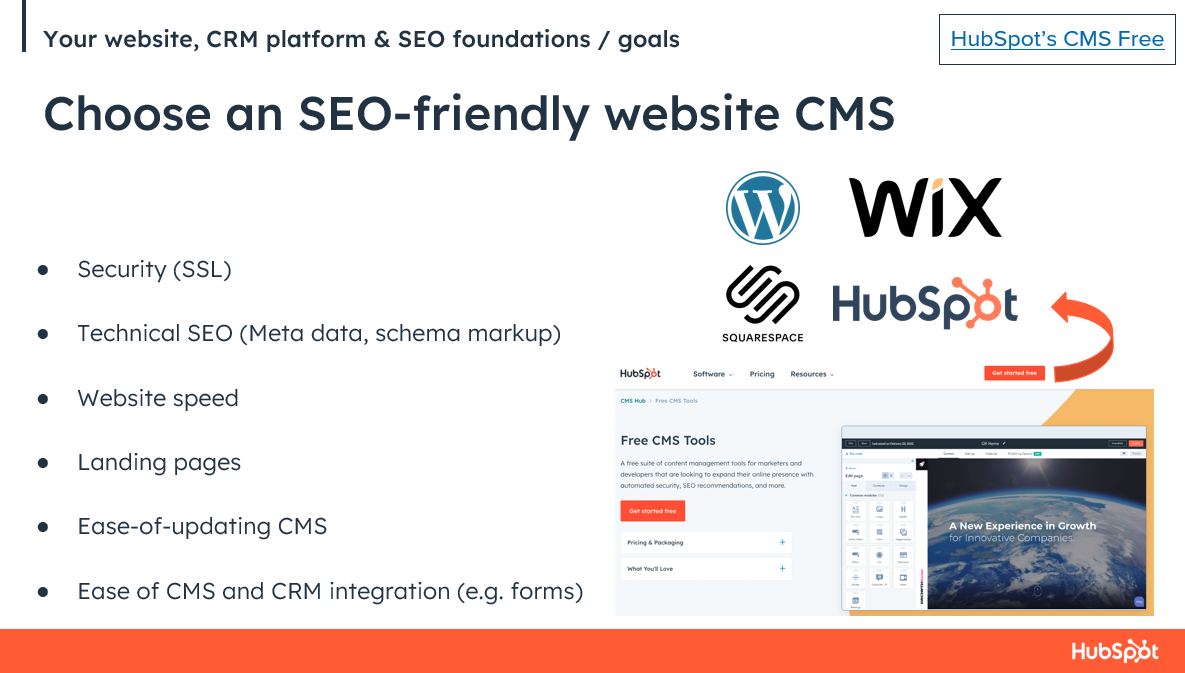Mastering SEO with a HubSpot Content Strategy: Tips and Best Practices
- Home
- Mastering SEO with a HubSpot Content Strategy: Tips and Best Practices
In this post, I will share some truths I've learned about SEO and a roadmap for developing a successful SEO content strategy and integrating SEO into a more comprehensive set of SEO and inbound marketing services.
SEO Truths
First and foremost, it's essential to understand that SEO results take time. It's not a quick fix, and you will need to invest in resources such as content writers, research, technology, and tools to see results.

Another common misconception is that SEO is free traffic, but you need to work to see results.
Additionally, it's important to remember that you should be writing for your audience, not just for keywords.
Google is cracking down on SEO tactics solely focused on gaming search engines, so it's crucial to consider your audience and write helpful content for them.

Scalability is also an essential factor to consider in content production. You will need backlinks to rank for high-difficulty keywords, and you will need to go through a process of building these backlinks. With that in mind, let's dive into the roadmap for developing an SEO content strategy.
A roadmap for developing AN SEO content strategy
- Select the right website and CRM platforms, and set clear SEO goals.
- Consider resources and budget planning.
- Develop buyer personas using modern techniques such as audience intelligence platforms.
- Set up CRM automation and inbound marketing strategy.
- Conduct SEO market research, competitor intelligence, strategy, and roadmap development.
- Content publishing, ongoing SEO, and scaling production.
- Content distribution, repurposing old/existing content, and social media marketing.
- Ongoing backlink acquisition and digital PR.
Select the right website platform, and CRM platform, and set clear SEO goals.
The first step is to establish the foundations, which include selecting the right website platform and CRM and setting clear SEO goals. From there, you will need to consider resourcing and budget planning. Another crucial step is developing buyer personas using modern techniques such as audience intelligence platforms. This will help you focus on growing SEO over time rather than just targeting specific keywords.
Next, we will discuss some quick-win CRM setups that can help you automate certain processes and begin thinking about your inbound strategy, which should include SEO as a key component. After that, we will go over the top-level approach to SEO, including market research, competitor intelligence, and creating an SEO roadmap.
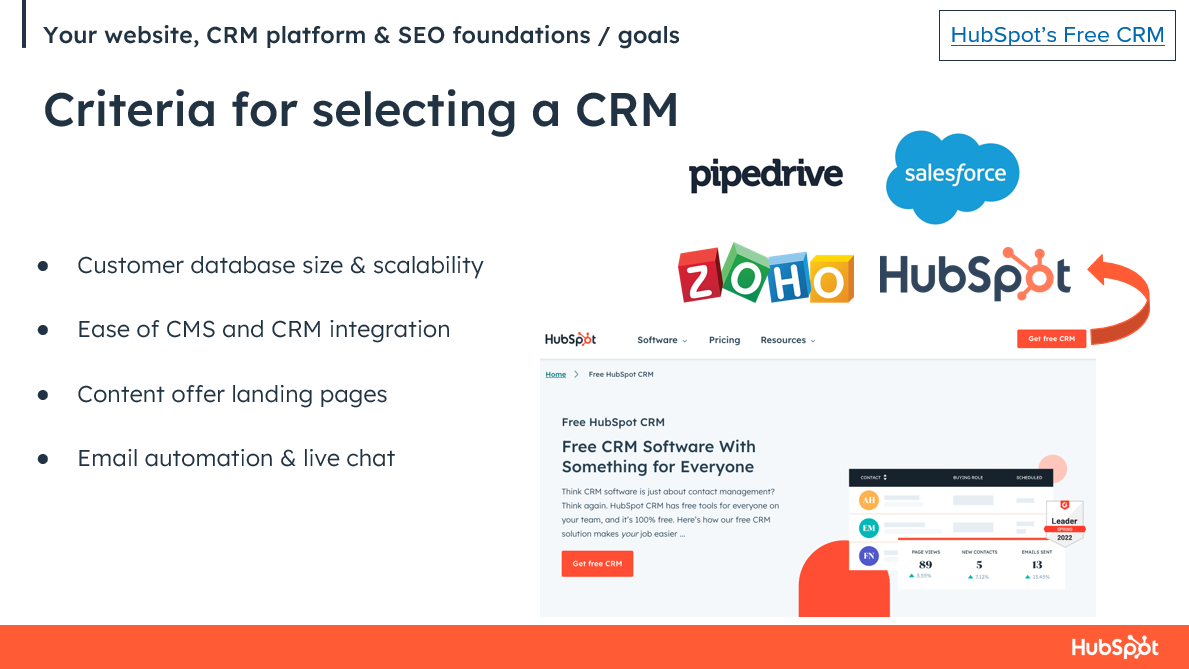
Once you have a solid foundation and plan, it's time to start producing content at a scale that aligns with your SEO recommendations and insights from market research. But simply creating content is not enough - you also need to have a plan for distributing and promoting that content. This includes repurposing content, promoting it on social media, and building backlinks.
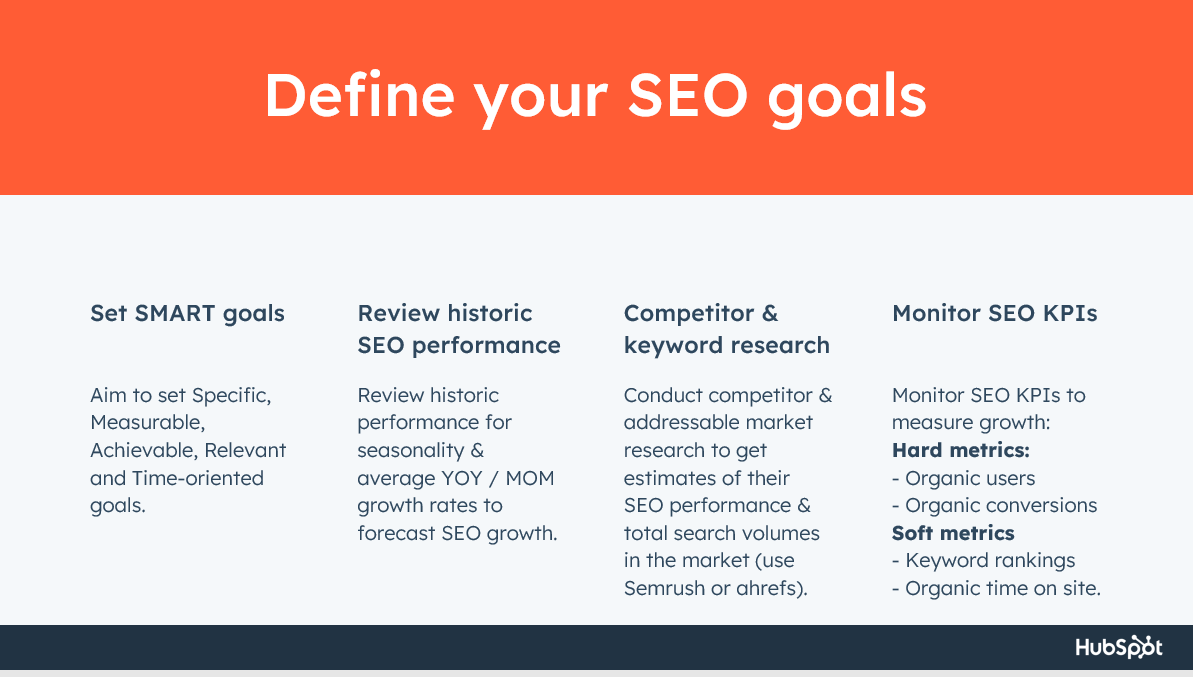
Finally, we will cover some tactics and plays that you can use right away to start seeing results. We will also have a Q&A session to address any questions or concerns you may have. I have also included an appendix with valuable resources to refer to after this session.
I hope this post has provided a comprehensive overview of the steps in developing a successful SEO content strategy for B2B businesses.
By following this roadmap and investing in the right resources, you can see long-term results and grow your business through SEO. Don't hesitate to contact me on Twitter (@RoryHope) or my website (roryhope.com) if you have any questions or want to connect.
Resources and budget planning
Here are some aspects to consider:
- Plan resources and budget early on.
- Invest in technology, platforms, and tools.
- Leverage agencies and freelancers to execute your SEO content strategy.
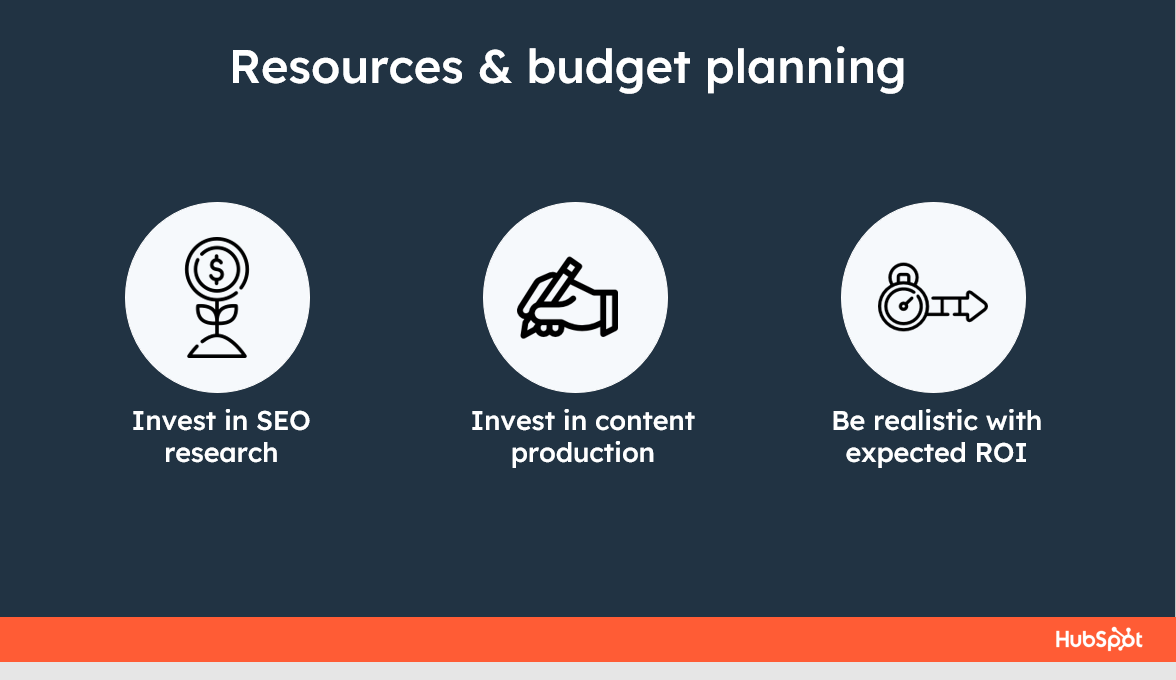
developing an SEO content strategy
In this section, we will delve into the process of developing buyer personas and the role of audience intelligence in this process.
-
Develop buyer personas
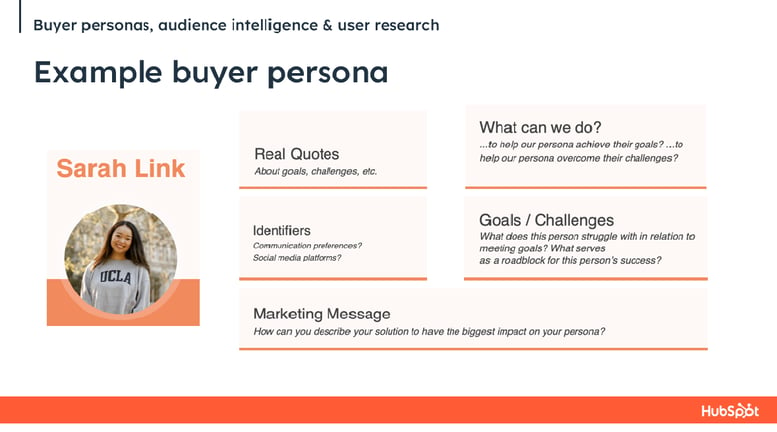
Buyer personas are crucial for creating content and messaging that resonates with your target audience. By understanding their goals, challenges, and interests, you can personalize your marketing efforts and map content to each persona's specific pain points and needs. Doing user research directly with your customers and gathering accurate quotes and examples for your persona development is essential. -
Use audience intelligence software.
Audience intelligence software, such as Audience and Spark Toro, can be incredibly helpful in this process. These tools allow you to research and understand your target audience's online behaviour, including the websites they visit, the social media platforms they use, and the topics they are interested in. This information can be invaluable for crafting targeted marketing messages and determining the most effective channels for reaching your audience.
Here is a screenshot of an audience intelligence report from Audiense:
-
Establish quick-win CRM setups.
Once you understand your target audience and their needs, it's time to move on to the next step: establishing quick-win CRM setups. This includes setting up initial automation and thinking about your inbound strategy, which should include SEO as a critical component.
From there, we will delve into market research, competitor intelligence, and creating an SEO roadmap. These are all crucial steps for ensuring a thorough understanding of your industry and competitors informs your SEO efforts.
-
Produce content
After that, it's time to start producing content at a scale that aligns with your SEO recommendations and insights from market research. But simply producing content is not enough - you also need to have a plan for distributing and promoting that content. This includes repurposing content, promoting it on social media, and building backlinks.
Tactics and plays you could use
As businesses rely on online presence and marketing to attract customers, staying up-to-date on the latest strategies and tactics is essential. One area that can be particularly effective is setting up automated email workflows using tools like HubSpot. By sending targeted emails to converted customers, you can encourage them to leave reviews on platforms like Google and Trustpilot, which can help improve your online presence.
Once you have your essential customer relationship management (CRM) automation set up, it's a good idea to turn your attention to market research. This can be especially useful once you have developed personas for your ideal customers, as it will allow you to delve into the specific topics and keywords they might be searching for.
The keyword research process
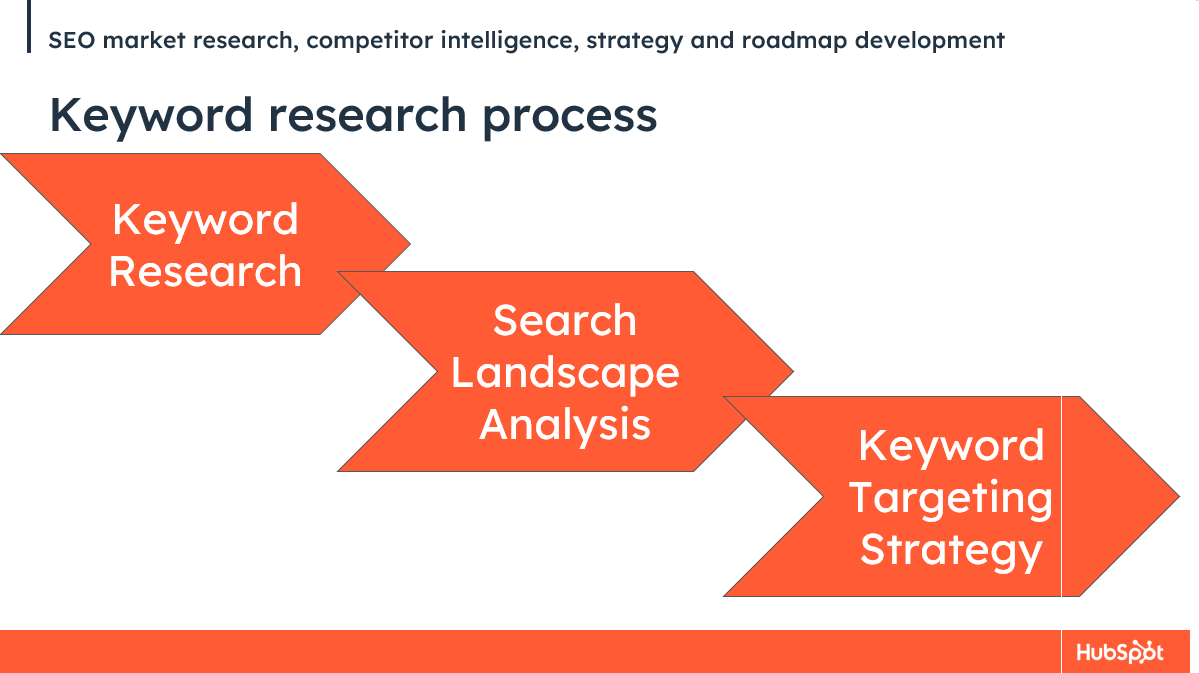
Keyword research
Stages of keyword research:
- Keyword identification. You'll want to identify relevant keywords to kick off the keyword research phase. You can use several tools for this, including Google Search Console, Google Analytics, Google Ads, and SEO tools like SEMrush or Ahrefs. These tools can help you identify keywords that have driven traffic and conversions in the past and those used by your competitors.

Keyword segmentation. Segmenting keywords into topics and subtopics is essential once you've compiled a list of keywords. Search engines evaluate websites at a topic level rather than looking at them holistically. By grouping keywords into topics and subtopics, you can filter them by user intent and craft a more granular SEO strategy.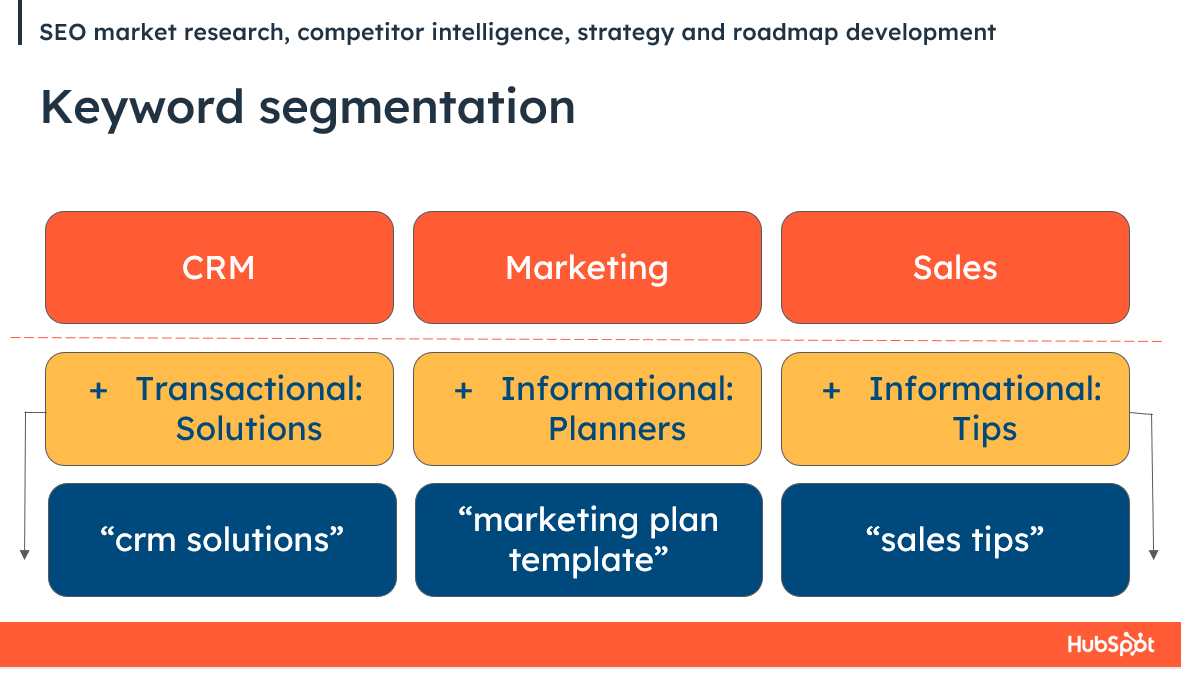
- Search landscape and analysis. Once you've identified and grouped your keywords into topics and subtopics, you'll want to conduct a search landscape analysis. This involves analyzing the search results for your selected keywords to see what types of content are ranking, who your competitors are, and what strategies they are using. This will help you understand the landscape and identify opportunities to differentiate your content and rank higher in the search results.
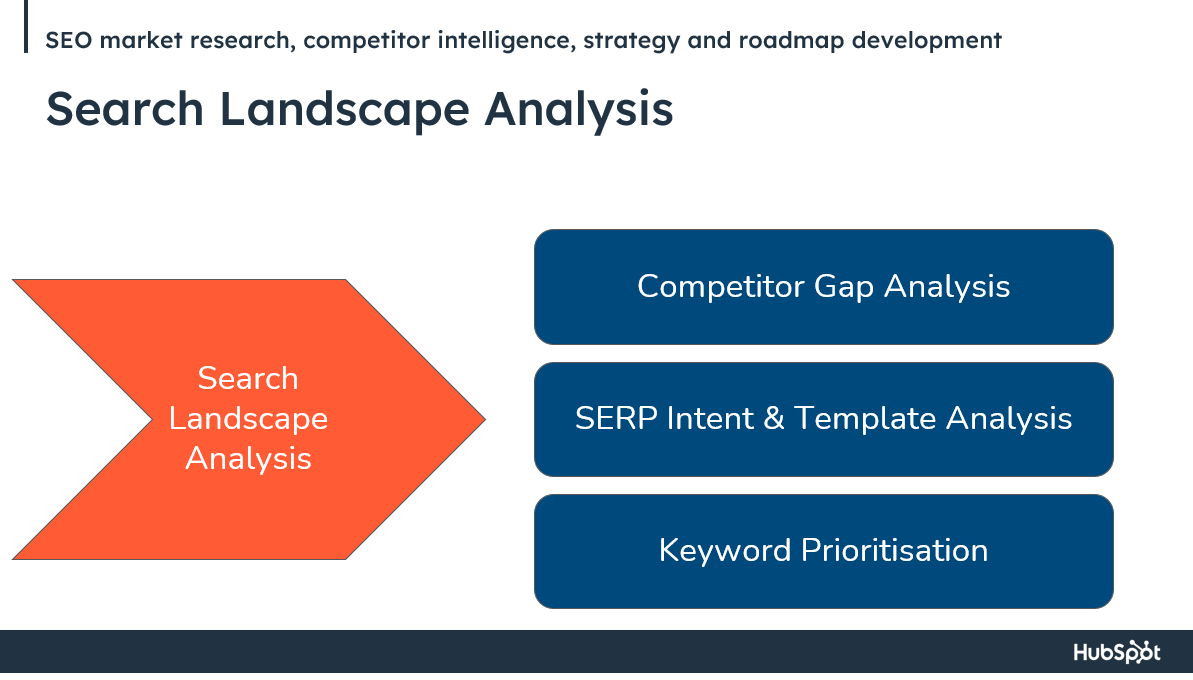
- Keyword targeting strategy. The final step in the keyword research process is developing a keyword targeting strategy. This involves deciding which keywords to focus on and how to use them in your content. You'll want to consider the user intent of each keyword and how it fits into your overall content strategy. You'll also want to consider the difficulty of ranking for each keyword and the potential reward in terms of traffic and conversions.

Content Creation
Once you've completed your keyword research and developed a targeting strategy, it's time to focus on content creation. This involves creating high-quality, relevant, and valuable content that meets the needs of your target audience and is optimized for the keywords you are targeting. You'll want to ensure that your content is easily read and visually appealing and that you share valuable information that your audience finds useful.
In addition to creating content, optimising your website for SEO is essential. This includes ensuring that your website is mobile-friendly, has a fast loading speed, and is easy to navigate. You'll also want to pay attention to technical SEO factors such as header tags, alt text, and meta descriptions.
Promote your Content
Once you've created and optimized your content, you'll want to promote it to drive traffic to your website. This can involve social media marketing, guest blogging, and paid advertising. You'll also want to track your results and adjust as needed to ensure you get the best return on investment.
In conclusion, setting up automated email workflows, conducting market research, and creating and promoting high-quality content are all essential strategies for improving your online presence and attracting customers.
Following these steps and staying up-to-date on the latest trends can position your business for success in the digital landscape.
As businesses strive to attract customers and improve their online presence, creating a comprehensive content strategy that includes tactics for capturing leads and distributing content effectively is essential. One way to do this is by adding call-to-actions and gating some of your content to collect lead information from your audience. This information can then be used to distribute targeted content and nurture leads through your customer relationship management (CRM) automation.
Content distribution
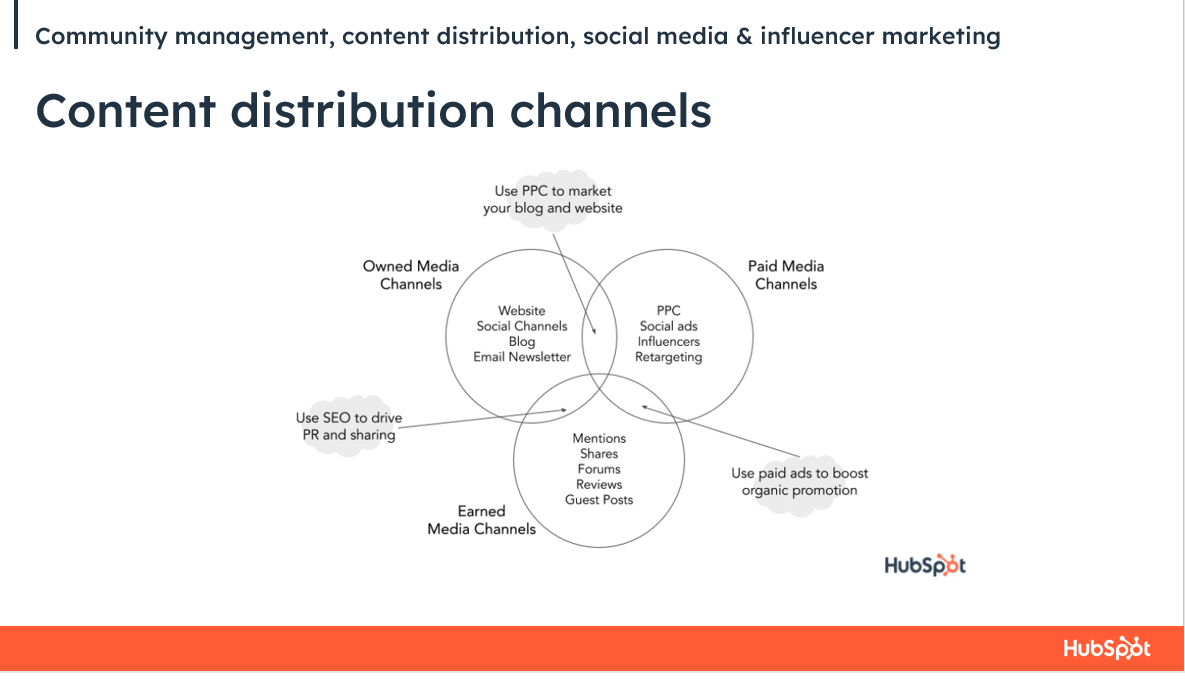
The final stage of an SEO content roadmap is content distribution, which involves leveraging various channels to promote your content and drive traffic to your website. These channels can be divided into three categories: your, paid, and earned. It's important to consider how these channels interact and how to use them to generate results and distribute your content effectively.
In addition to traditional channels like social media and email marketing, it's also essential to consider the role of the community in content distribution. This can involve allocating resources to customer support and success, holding product ideation and innovation sessions, and working with influencers to promote your content.
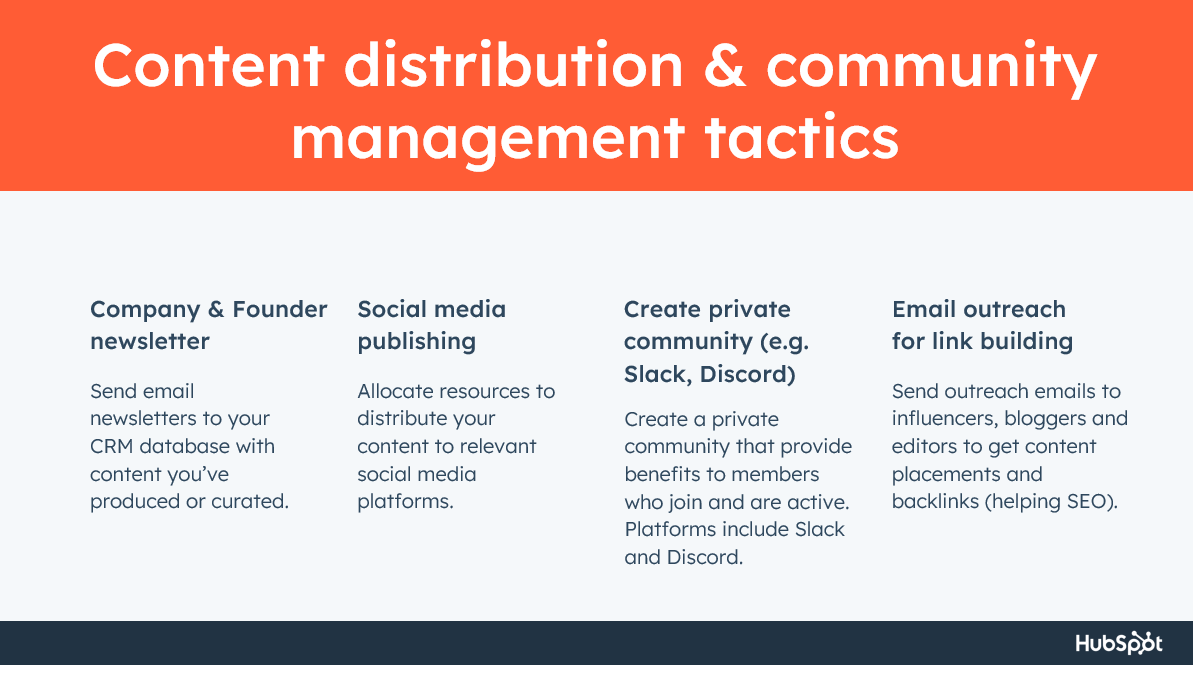
Several tactics can help you distribute your content effectively. One is to launch a company newsletter or use your email marketing and CRM to send targeted emails to your audience. Another is to publish your content on social media and repurpose it for multiple channels.
Creating a private community where you can share exclusive content with loyal customers is also a good idea. Finally, email outreach for link building can effectively get placements and backlinks for your content, which can help with SEO.
In conclusion, an effective content distribution strategy is essential for improving your online presence and attracting customers. By considering the various channels available and allocating resources appropriately, you can create a comprehensive plan that helps you distribute your content effectively and drive traffic to your website.


